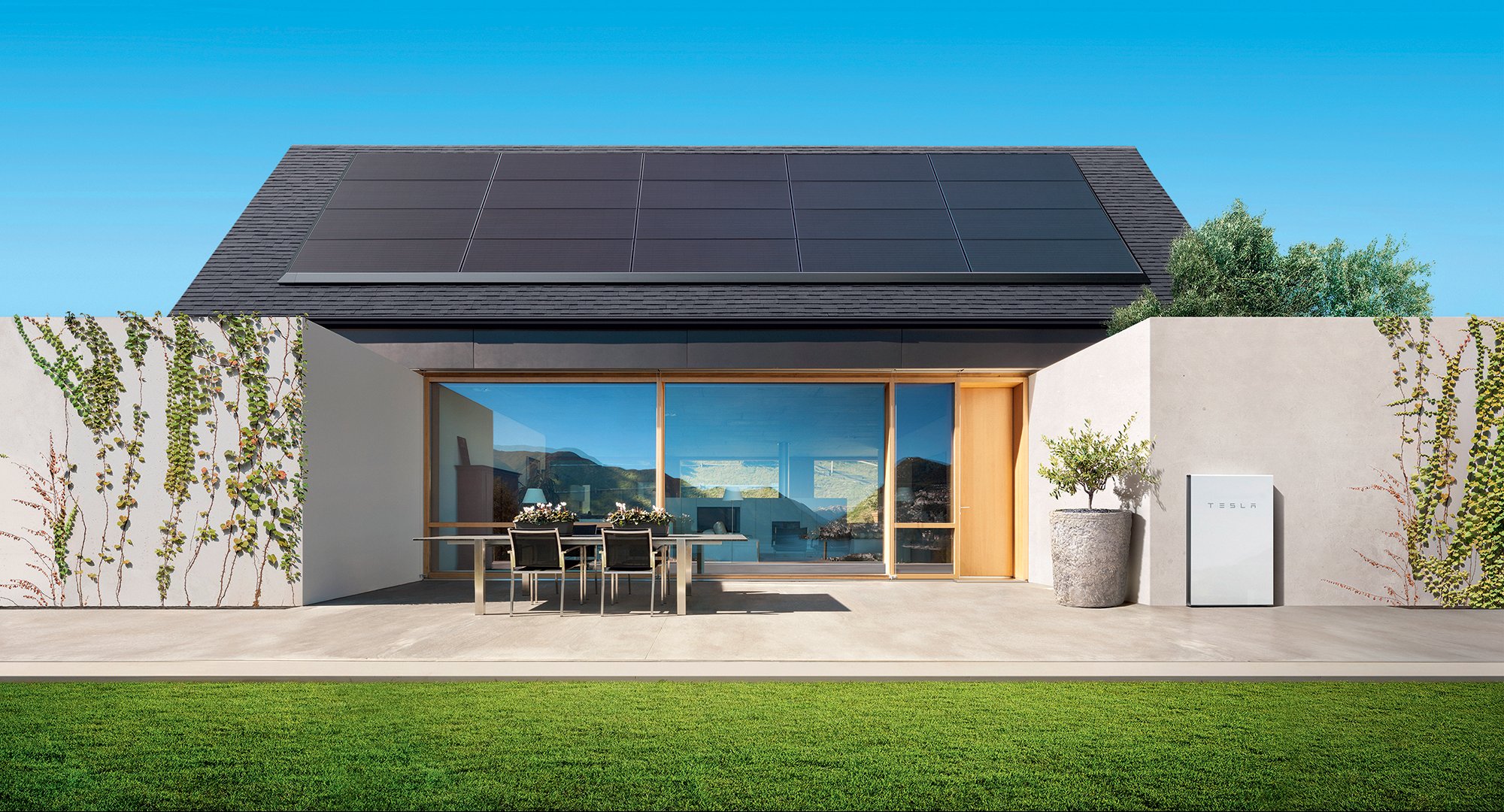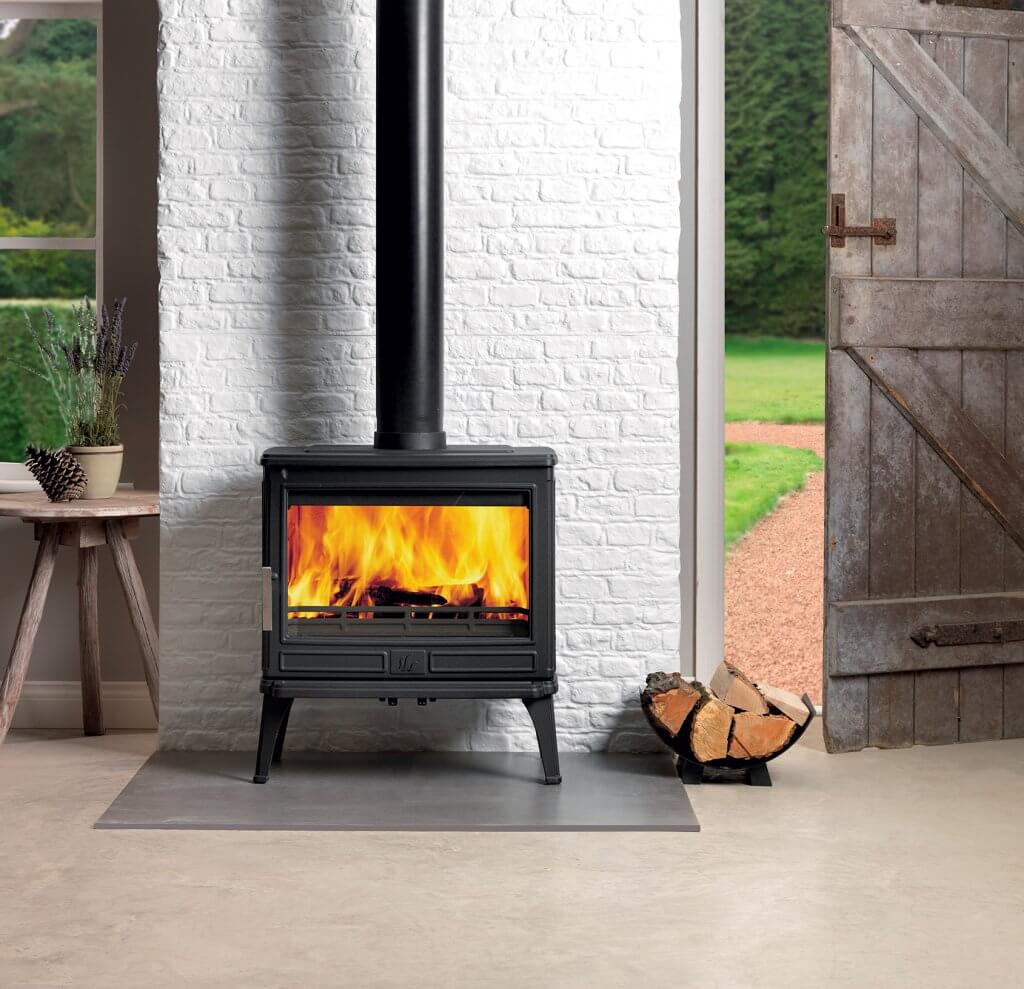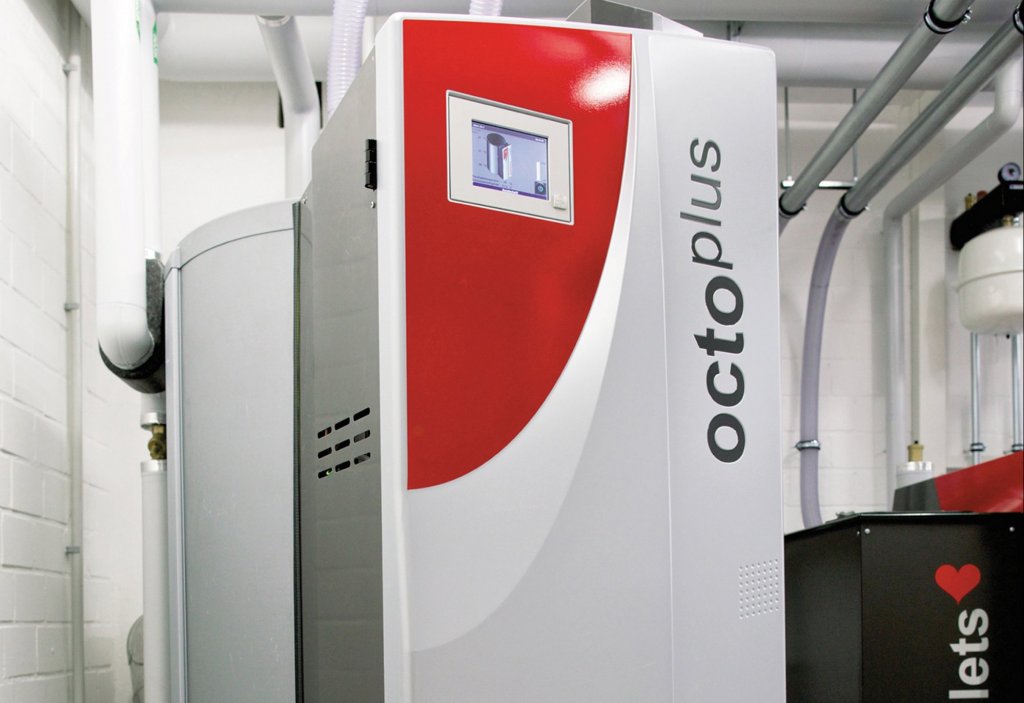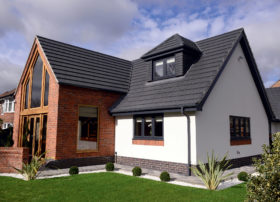
Use code BUILD for 20% off
Book here!
Use code BUILD for 20% off
Book here!It’s rare to find a viable plot or existing house that’s completely off grid, in that it has access to neither gas nor electricity.
However, many self builders and renovators will have had to do without one or the other. Some even aim to go completely fossil fuel-free and create a home that’s powered entirely by renewables.
If your plot or project can’t be cost-effectively connected to one or both of the mains supplies, but you’re still keen to forge ahead, the most important strategy will be to minimise your demand for energy in the first place.
Space heating is normally the building service that uses the most energy, so begin by designing to reduce or even eliminate the need for it.
Source it: Find renewable technology in the Build It Directory
If you build to Passivhaus principles for instance, in some cases it is possible to do without space heating completely until the outside temperature drops below zero. That’s because the warmth from solar gain, occupation, cooking and lighting is sufficient to maintain the internal temperature within acceptable comfort levels.
The same idea applies to electricity. By designing in plenty of natural light, the need for artificial sources can be greatly reduced. This is very important in the circulation areas of dwellings, such as corridors and stairwells, as well as in living spaces.
By building in areas to dry clothes, selecting the most efficient white goods and using LED lighting throughout, electricity demand can be minimal.
If your site is truly off grid, and you have no connection to mains electricity, there are several approaches that you can take. You could choose to run your home solely on renewables; on fossil-fuel based generators; or a combination of both. Here’s a closer look at the options:
The problem with most domestic renewables is that the supply is intermittent. Solar photovoltaic (PV) panels only generate electricity when there is sufficient sunshine, for instance, and this is unlikely to be at night when the lights need to be on. It’s a similar story with micro wind turbines, as they can only function when there’s enough breeze.
The only exception to the problem of intermittency with renewables is if you are lucky enough to have a constant stream running through your plot, with sufficient flow and head to provide hydro power (usually pico hydro, which runs via a weir). This is the most reliable form of renewable electricity, as it’s 24/7 and is almost silent in operation – but very few people will have a suitable resource on site.
What this all boils down to is that the only way to get renewable power at all times is to install battery storage. This means that electricity produced when the sun is shining or the wind is blowing can be used later on, when it’s required. The downside is that the addition of battery storage will add £7,000 or more to your installation costs – on top of whatever renewables you’re installing.

Find out more about Tesla Powerwall 2 battery storage
If sustainability is important to you, you’ll need to do your calculations carefully. If you have already reduced power demand to a minimum, the environmental impact of the power generation plant and storage becomes more significant in relation to the carbon emissions you can save in use. It’s therefore possible for a fossil fuel alternative to offer a lower overall environmental impact than renewable systems if the energy demand is low.
The most common form of portable electricity production is the diesel generator. This has several disadvantages: the fumes are a pollutant, the generators are noisy and storage of the fuel poses a risk.
It is unlikely a self builder would want to use diesel as their primary form of power generation. However, in certain situations it might be the cheapest way of meeting a very small residual demand (after renewables) and would be a reliable emergency backup if you’re living off grid out in the woods.
By contrast, micro combined heat and power (micro-CHP) machines are much more sophisticated. These appliances are basically boilers that generate heat as well as power, usually via a clever gadget known as a Sterling engine. So they would be fitted as part of the space heating and hot water strategy for the house, while providing electricity as a by-product.
Of course, most of these units are designed to run off natural gas, but models are available which operate on LPG – so the technology can be used in island mode (ie totally off grid scenarios). As with diesel, a regular delivery of the fuel is required. An escape of LPG into the environment is rare but is likely to have less impact than a diesel spill.
Quick guide: The Renewable Heat IncentiveThe Renewable Heat Incentive (RHI) is a government scheme providing financial support to renewable heating technologies. Subsidies are paid for seven years and there is a limit to the annual amount that can be claimed, and in some cases the extra funds could tip the balance towards one technology over another. Tariffs change periodically, with the next announcement due on 1st June, but the current rates are as follows:
There are significant eligibility criteria to meet. The system needs to have been installed by someone accredited under the Microgeneration Certification Scheme (MCS). An Energy Performance Certificate (EPC) and Green Deal Assessment are also required, and key recommendations on insulation from this document must be implemented. Some installations have to be metered – which adds further expense – though in most cases the subsidy is based on the predicted heat demand in the EPC. As the subsidy is high in relation to fuel costs, it will make a significant difference to the financial calculation when comparing systems. Alternatively, you could look at the RHI as a way of offsetting the higher capital cost of installing a renewable heating system. |
The average cost of a small (1kW electrical) micro-CHP installation is thought to be in the region of £8,000 and a 5kW version can be had for around £20,000. If the CHP is not running constantly, to maximise the available power, battery storage may also be needed.
However – and this is a big but – most new houses won’t have the heat demand these machines need to make them run economically. They are really best used for commercial applications and in existing buildings where there is a constant demand for heat, such as
a care home, though some have been installed in larger domestic properties.
As summer is the best time for PV generation and also the period when there would be no demand for heat, there is a good case for combining a small LPG micro-CHP appliance with solar panels and battery storage, to give year-round heating and electrical supply.
For plots that don’t have access to mains gas, the choice of heating system basically comes down to LPG, heat pumps or some form of biomass-fueled system. Of course, if you’re off mains power as well, then you won’t be able to run a heat pump (as this tech runs on electricity). Even the distribution system for central heating will prove to be a challenge, as this requires a pump.
However, a small, well-designed and airtight modern house that’s designed to benefit from plenty of passive solar gain can probably be heated with just a woodburning stove in the coldest spells. So in an island mode situation, it may be simpler to design out central heating completely. But if, as is much more common, you simply don’t have access to mains gas, here are the main contenders:
LPG (liquid petroleum gas) is slightly more expensive than natural gas and slightly higher in emissions (due to transport impact). Although it’s greener than using oil, it’s not normally the first choice for self builders seeking an eco-friendly form of heating.
However, as modern homes have such a low space heat demand, it is still worth considering. What’s more, Calor is in the process of introducing a new BioLPG product that’s created from a mix of renewable and sustainably-sourced raw materials, which could further reduce carbon impact.
Source it: Find out more about Calor’s BioLPG low-carbon fuel
LPG boilers are upwards of 90% efficient, just like mains-fed versions, and are much better at providing domestic hot water to taps and other outlets than heat pumps. They’re also relatively cheap to install compared to some renewable options – plus the tank can be installed underground, so there’s no need for big plant rooms.
This technology takes low-grade energy from the ground, the air or even water and concentrates it into a form that can be used for space and water heating. Electrical energy is required to run the pump, so it’s not a truly low carbon form of heating, but these appliances are much more efficient than electrical resistance heating in terms of both running costs and CO2 emissions.
Heat pumps operate most efficiently when they have to raise the temperature of the heat medium by the lowest possible amount. This means they work best when they’re coupled with a low temperature distribution system such as underfloor heating (UFH).
For the same reason, they are not as efficient when used to provide domestic hot water – which needs to be at 60°C rather than the 35-40°C required for UFH.
Air source heat pumps work less efficiently when the temperature of the source (ie the air) is very low, which unfortunately coincides with peak heating season in winter. Ground and water source versions offer more stable performance in this respect, but installation costs are likely to be at least twice as much.
It’s worth being aware that hybrid heat pumps are available that have a fossil fuel component, which takes over when the air temperature is low. Normally these run on natural gas but there are versions available that use LPG, so the tech can be used off the gas grid.
Biomass is any form of waste wood which is burned to produce heat. The term covers logs, waste timber, wood chip and wood pellets. Although energy is used to process and transport these products, it is effectively very low carbon as long as the wood is being replanted.
Pellet-based systems are popular for domestic installations, as the fuel is automatically fed into the boiler. So all you need to do is top up the hopper every once in a while.
They produce very little ash, so don’t need to be emptied too often. Log boilers are cheaper to run but harder work, as the fuel is batch fed into the boiler. So only choose this option if you have the time to actively manage your heating system.


Log appliances normally require a heat store (accumulator) – so the boiler fires for a short period and warms a large insulated tank of water, from which heat is drawn off as needed.
Some biomass boilers can be used in smokeless zones – as long as they benefit from the appropriate exemption certificate. As a rule, wood pellet boilers are similar in capital and running costs to air source heat pumps.
Solar thermal panels use energy from the sun to provide domestic hot water. In rare cases this type system can be used to make a contribution to space heating; although this does disqualify the setup from the Renewable Heat Incentive (RHI) – see the box, left, for current tariffs.
A suitable storage cylinder will be required so that the system can make the best use of the available resource.
In the UK’s rather mixed climate, solar typically only provides around 50% of a household’s annual hot water needs, so it has to be supplemented by a backup system. Normally this will be a fossil fuel boiler, but it could just as easily be an alternative appliance, such as a heat pump.
However, the ideal renewable match is a biomass boiler (or a woodburner with a back boiler) as this tends to be working when the sun isn’t, and vice versa.

